
Understanding Project Sponsors: Your Key Role in Driving Project Success and Support
Every great movie starts with a producer who believes in the vision and secures the funding. Without that support, even the most talented director can’t bring their story to life.
Well, in the world of project management, that’s your project sponsors.
And this is what you face when projects miss their support:
- Projects stall before they even begin
- Budgets disappear mid-production
- Your vision gets buried under shifting priorities
In this guide, we’ll break down what project sponsors do, their key responsibilities, and how to work with them effectively to deliver project success.
Let’s dive in
What is a Project Sponsor?
A project sponsor is the senior executive and business stakeholder who is ultimately responsible for the project’s outcomes.
In other words, they’re accountable for project success and making sure it stays on track with organizational priorities.
Plus, they act as the bridge between project teams and senior management. This means they:
- Provide leadership oversight
- Approve key deliverables
- Guide strategic direction throughout the project lifecycle
Simply put, the sponsor is the project’s ultimate backer, providing the authority and support needed to turn plans into results.
How Project Sponsors Differ from Other Key Roles
Below are the key differences between sponsors and other related project roles that often create confusion in organizations-
Project sponsor vs project manager
Project sponsors and project managers are often confused with each other since both provide leadership and drive outcomes, but their responsibilities differ greatly depending on organizational level.
Here’s how the two roles differ in key ways:
| Project Sponsor | Project Manager |
| Senior leader in the organization | Team leader, typically not as senior as the sponsor |
| Strategic alignment and business outcomes | Tactical execution and day-to-day operations |
| Visionary who initiates projects and secures resources | An executor who manages a project team and tracks task completion |
| The “why” and “what” of the project | The “how” of project delivery |
| High-level business goals (ROI, market impact) | Project-level metrics (task completion, timeline adherence) |
| Approves budget, scope, and strategic changes | Manages resources, tasks, and operational decisions |
Now, here’s where balance matters: sponsors can be external while project managers are usually internal, and success comes when both work side by side, one shaping the direction and the other making it happen.
Project sponsor vs. project owner
As both roles claim ownership over project success, they actually own completely different parts of the equation.
Here’s the breakdown:
| Project Sponsor | Project Owner |
| Owns funding and strategic direction | Owns execution and final deliverables |
| Secures resources from the organization | Manages day-to-day project outcomes |
| Champions project at the executive level | Reports progress and handles details |
Together, they work hand in hand: one clears the path, the other makes sure the journey leads somewhere meaningful.
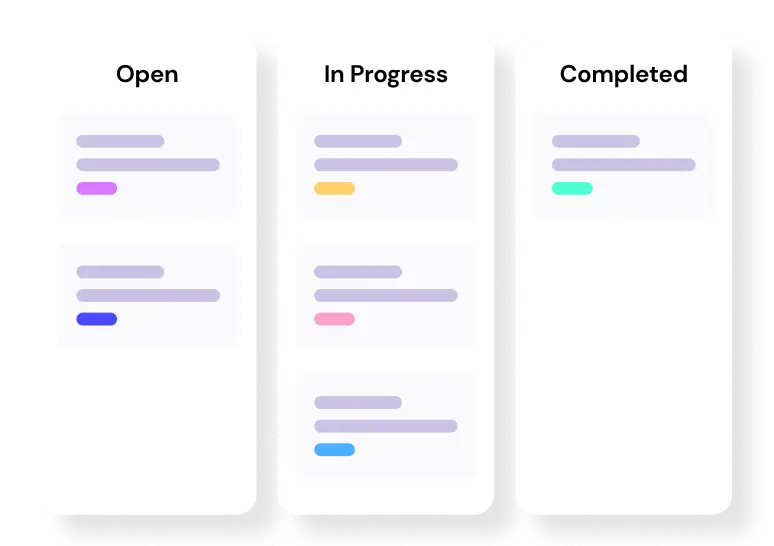
Level up your WordPress project management game with this Trello equivalent solution – where limitless possibilities come at an unbeatable price!
Project sponsor vs project stakeholder
At first, these terms sound almost identical and create confusion because they overlap in important ways. While every sponsor is a stakeholder, not every stakeholder becomes a sponsor.
The key distinction comes down to two factors:
- Authority
- Accountability
These differences play out in practice as follows:
| Project Sponsor | Project Stakeholder |
| Senior executive with decision-making authority | Anyone affected by or interested in the project |
| Provides funding, resources, and strategic direction | Can be internal (team, managers) or external (clients, vendors, regulators) |
| Defines project goals and success criteria | Influences or is impacted by project outcomes |
| Approves major deliverables and key decisions | Provides feedback, raises concerns, or supports execution |
| Bears ultimate accountability for project success | Level of involvement varies based on role and interest |
Ultimately, the sponsor holds authority in the stakeholder ecosystem, able to say ‘yes’ to budgets and ‘no’ to scope changes, while other stakeholders may influence outcomes but rarely control them.
For a deeper dive, read: How to identify and manage project stakeholders
What is the Project Sponsor’s Role?
Let’s explore what project sponsors actually do and how they fill multiple key roles throughout the project-
Setting strategic direction
Sponsors define the project vision and ensure it aligns with broader business objectives. They establish the “why” behind your project and make sure everyone understands how it fits into the organization’s strategic goals.
Securing resources
Beyond setting direction, sponsors fight for what your project needs. From budget approval to personnel allocation, they navigate organizational politics to ensure your team has the funding, tools, and people required to deliver results.
Making key decisions
When issues arise that are beyond the project manager’s authority, sponsors step in. They approve scope changes, budget adjustments, timeline extensions, and strategic shifts that keep projects on track.
Managing stakeholders
Sponsors connect project teams with senior leadership by managing expectations, aligning project team roles, addressing concerns, and ensuring organizational support throughout the project lifecycle.
Overseeing progress
While they don’t manage day-to-day tasks, sponsors monitor overall project health. They review milestones, track performance against goals, and ensure the project stays aligned with business priorities.
Validating deliverables
Sponsors have final approval authority for project outcomes. They verify that deliverables meet business requirements and provide the sign-off needed for project closure.
What Are a Project Sponsor’s Responsibilities Across the Project Lifecycle?
After defining the sponsor’s role, the next step is to break it down stage by stage. Here’s how their responsibilities show up throughout the project lifecycle.
The project initiation phase and the project sponsors
The project initiation phase is where sponsors put their vision into action and set the project foundation. At this stage, the sponsor is responsible for:
- Appoint the project manager and define their authority
- Set project goals and objectives
- Confirm scope boundaries to prevent early scope creep
- Identify key deliverables and establish success criteria
- Approve the project charter and business case or feasibility study
- Champion the project at kickoff and secure stakeholder buy-in
The project planning phase and the project sponsors
The sponsor’s role in the project planning phase is to guide, review, and make sure the team has everything in place before execution begins. During planning, sponsors:
- Validate the project plan for feasibility and alignment with business goals
- Approve timelines, project milestones, and resources for realistic delivery
- Clarify deliverables and quality standards from the start
- Identify risks and dependencies early to prevent surprises
- Set baseline metrics for cost, time, and efficiency tracking
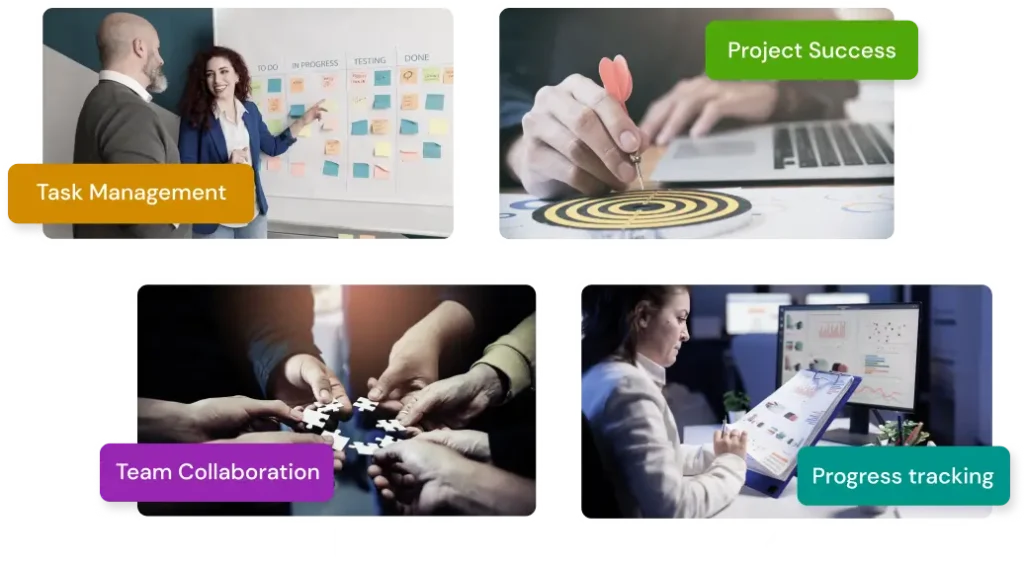
Step into the Future of Project Management!
The project execution phase and the project sponsors
During the project execution phase, sponsors step back and let project managers lead while staying available for strategic support. They work with the project manager to:
- Track progress against the plan and keep an eye on project metrics
- Approve additional resources or budget when necessary
- Step in to resolve conflicts or remove roadblocks
- Ensure stakeholders and senior leaders stay informed through regular updates
The project monitoring phase and the project sponsors
Once execution wraps up, the sponsor’s role shifts toward keeping everything aligned and on course. At the project monitoring phase, the sponsor:
- Monitors progress against goals and project KPIs to spot gaps early
- Adjusts budgets, resources, or timelines if priorities shift
- Verifies deliverables against quality and compliance standards
- Supports the project manager when escalated issues need higher authority
- Acknowledges milestone completions to sustain team motivation
The project closing phase and the project sponsors
The closure phase marks the final responsibility of the project sponsor. At this stage, the focus is on confirming that everything promised has been delivered and capturing lessons that will guide future projects.
In this final stage, sponsors:
- Evaluating deliverables against business goals and success criteria
- Approving project hand-off and formal closure documents
- Signing off on contracts, invoices, and outstanding payments
- Leading or supporting post-mortem reviews to capture lessons learned
- Documenting successes and project challenges for future reference
Also Read: Project Management Life Cycle
Why Having a Project Sponsor Matters
Project success depends heavily on having the right leadership support from day one.
In fact, PMI research shows the difference-
62% of successful projects had actively supportive sponsors while 41% of underperforming projects cited poor sponsor support as the main cause of failure
Let’s see how engaged sponsors drive project success:
- Prevents project failure: Projects without engaged sponsors are more likely to fail completely.
- Secures critical resources: Sponsors defend project budgets more effectively when competing priorities arise.
- Ensures strategic alignment: Sponsored projects deliver measurable business value more consistently than unsupported initiatives.
- Accelerates decision-making: Sponsor authority cuts approval times and removes delays.
- Controls scope creep: Active sponsor oversight reduces scope changes through clear boundary enforcement.
- Eliminates resistance: Proactive sponsor communication turns potential opponents into supporters.
- Reduces cost overruns: Projects with active sponsors stay within budget more frequently.
How to Work Effectively with Project Sponsors
Here’s how project managers can build an effective collaboration with sponsors:
Share project documentation
Before sponsors can provide real guidance, they need clarity, and that starts with well-prepared documentation.
This includes a clear overview of why the project exists, its objectives with measurable criteria, and a defined scope of work.
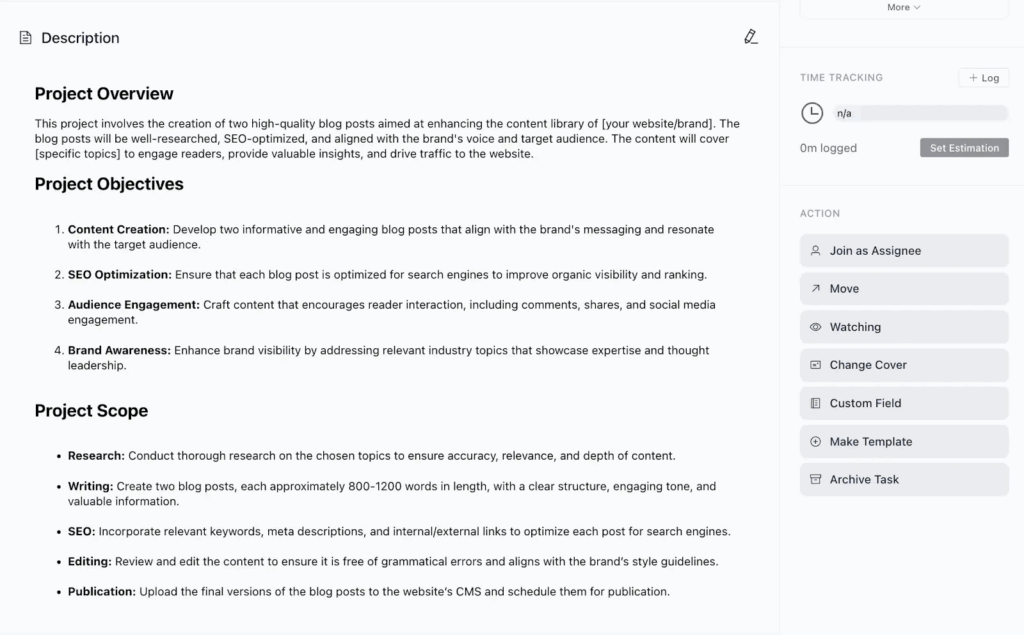
With these in place, everyone works from the same baseline, priorities stay aligned, and sponsors have the context to make confident decisions.
Provide a strategic bird’s-eye view
After documentation is set, sponsors need a bird’s-eye view to keep the project aligned with business goals. A high-level roadmap delivers this by showing:
- Milestones and phases for progress
- Critical dependencies that could impact delivery
- Start and end dates for timelines

This way, sponsors can validate direction, anticipate risks, and step in when priorities shift while staying focused on outcomes.
Maintain clear sponsor communication
Beyond visibility, sponsors need simple, efficient ways to provide feedback and make decisions without disrupting daily operations.
Here, real-time comments keep every discussion tied to the right task or milestone, making it easier for sponsors to give input, approve changes, or step in when needed without confusion.
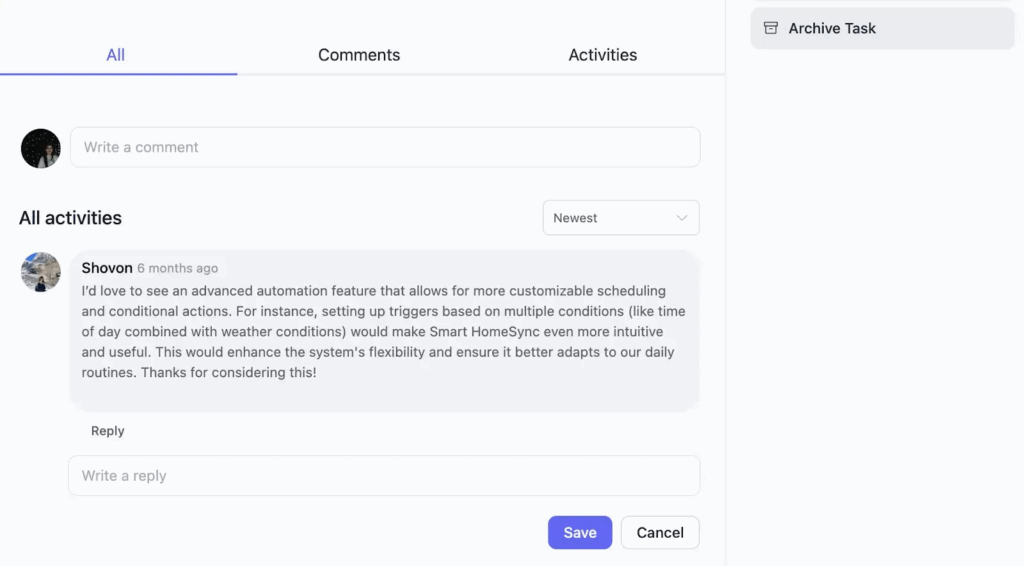
Through this setup, sponsors stay connected to critical project decisions while maintaining healthy boundaries between strategic oversight and daily execution.
The Star Player Behind Every Project Win
Your sponsor is the star player behind the scenes, turning project plans into real outcomes. They back your vision, secure resources, and step in when obstacles appear. Without their support, even well-managed projects struggle to succeed.
So involve sponsors early, keep them engaged, and let their role shine throughout the journey. That’s how projects move from being delivered to becoming true success stories.
Thanks for reading, and may every project you lead have the sponsor support it deserves.
Let’s redefine project management with FluentBoards!
Get Tips, Tricks, & Updates
We won’t send you spam.









![how to create a project management workflow [x steps] (2)](https://fluentboards.com/wp-content/uploads/2025/11/How-to-create-a-project-management-workflow-x-steps-2-768x402.webp)


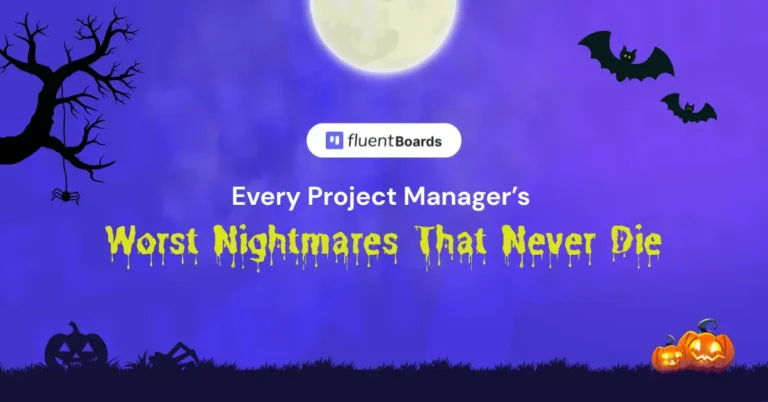

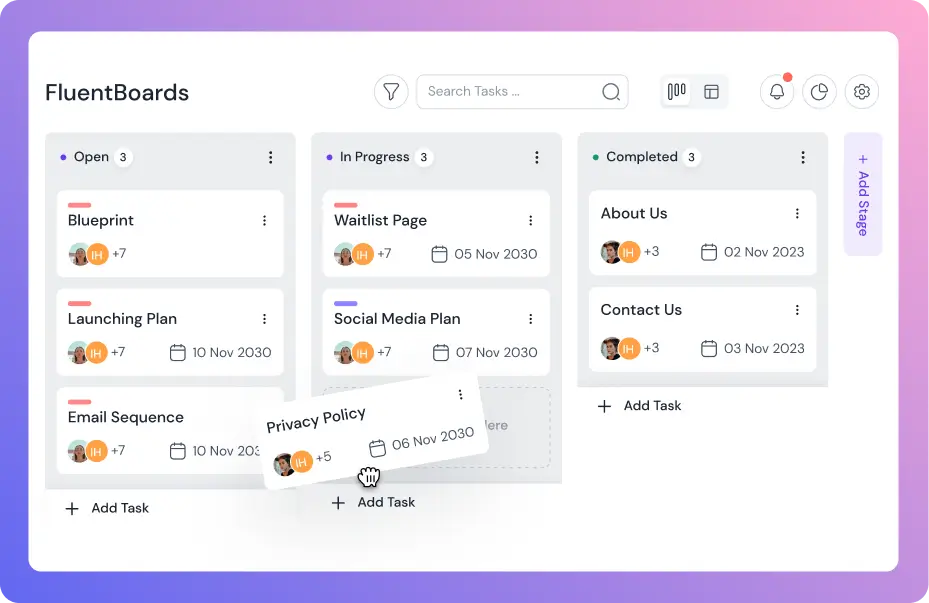
Leave a Reply